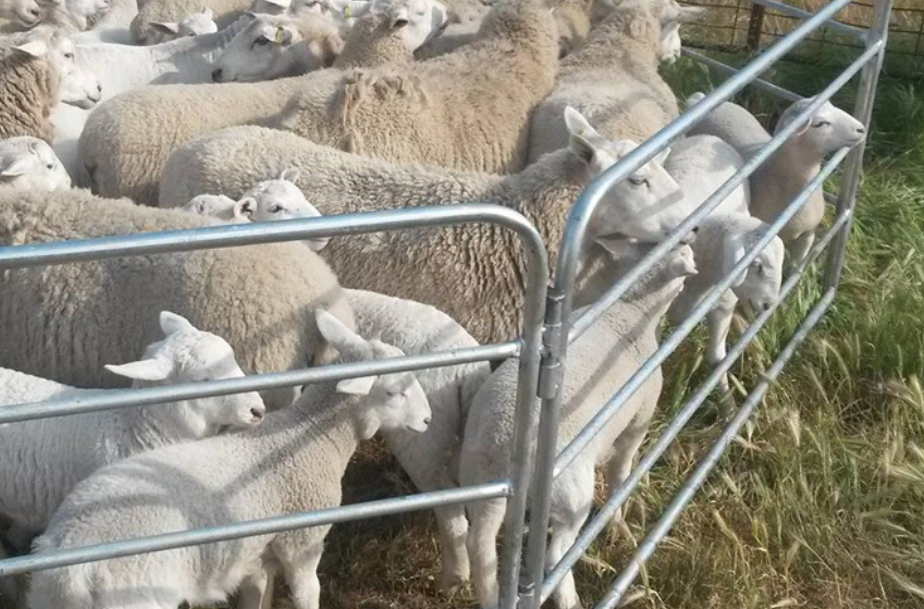In the agricultural industry, livestock fences are essential for maintaining order, safety, and efficiency on farms and ranches. At the heart of this transformation are three vital pieces of machinery: the laser pipe cutting machine, the pipe bending machine, and the laser welding robot. Together, they create a streamlined and efficient production line that delivers durable, precise, and cost-effective fencing solutions.

1. Precision Cutting: The Role of the Laser pipe Cutting Machine
The first step in livestock fence production begins with the preparation of raw materials—typically steel pipes or pipes. The advent of laser pipe cutting machines has completely revolutionized this stage of production.
1.1. How Laser pipe Cutting Works
A laser pipe cutting machine uses a focused, high-energy laser beam to cut through metal pipes with extreme precision. The laser pipe cutting machine is controlled by Computer Numerical Control (CNC) software, allowing operators to input exact measurements and geometries into the system.
The laser pipe cutting machine can handle a variety of pipe shapes—round, square, rectangular, or even custom profiles—making it suitable for diverse fence designs.
1.2. Advantages in Fence Manufacturing
Laser pipe cutting machine offers several advantages:
High Accuracy: The cutting tolerance can reach ±0.1 mm, ensuring perfect fitment between components.
Speed and Efficiency: Automated feeding and cutting significantly reduce production time compared to manual methods.
Material Optimization: CNC programming allows for nesting optimization, minimizing waste by arranging cuts to maximize material use.
In livestock fence manufacturing, these benefits translate to stronger joints, reduced assembly errors, and lower production costs.
2. Shaping the Framework: The Function of the Pipe Bending Machine
Once the pipes are cut to specification, they must be bent or shaped according to the fence design. Whether for curved frames, support rails, or custom geometries, this is where the pipe bending machine plays an essential role.
2.1. The Working Principle of Pipe Bending
A pipe bending machine uses mechanical, hydraulic, or electric power to deform metal pipes without compromising their structural integrity.
2.2. Benefits in Livestock Fence Production
The integration of CNC-controlled pipe bending machines offers several production advantages:
Consistency: Each bend is identical, which is crucial for modular fence assembly.
Structural Integrity: Advanced bending techniques minimize material thinning and deformation.
Design Flexibility: Allows for the creation of customized shapes and designs, meeting diverse farm and ranch requirements.
Increased Productivity: Automated systems can bend multiple pipes consecutively, reducing manual handling and labor intensity.
For example, curved sections used in gate frames or corner supports can be precisely fabricated without the risk of misalignment. This precision of pipe bending machine ensures that each component fits perfectly during welding, leading to a stable and professional final product.

3. Seamless Assembly: The Power of the Laser Welding Robot
The final—and perhaps most critical—stage in livestock fence production is welding. To address these issues, modern factories employ laser welding robots, which have become indispensable in automated manufacturing.
3.1. Working Principle of Laser Welding
Laser welding robot uses a focused laser beam as a heat source to join metal parts together. The process is often carried out under CNC or robotic control, which guarantees repeatability and minimizes human error.
3.2. Advantages of Robotic Laser Welding
High Precision and Strength: Laser welding robot produces deep, narrow welds with minimal distortion, ensuring both aesthetic and structural quality.
Speed: Laser welidng robots can complete welding tasks several times faster than human welders, significantly improving productivity.
Automation and Consistency: Robots can operate continuously and maintain uniform quality across thousands of identical parts.
Reduced Post-Processing: The smooth, clean weld seams require little to no grinding or finishing work.
In livestock fence manufacturing, where multiple pipes and joints must be welded at precise angles, laser welding robot ensures every frame is consistent and reliable.
3.3. Integration with Smart Manufacturing
Modern laser welding robots are often integrated into Industry 4.0 systems, communicating with cutting and bending equipment through digital production lines.
When combined, the three machines—laser pipe cutting machines , pipe bending machines, and laser welding robots—form a highly efficient and automated production process.

4. Conclusion: The Future of Livestock Fence Manufacturing
The integration of laser pipe cutting machines, pipe bending machines, and laser welding robots marks a new era in livestock fence manufacturing. These technologies together enable manufacturers to produce fences that are stronger, more accurate, and more cost-effective than ever before.

